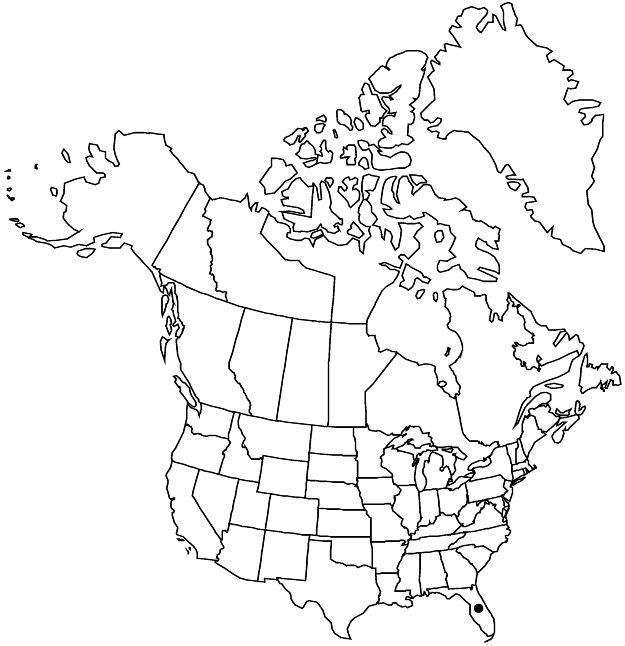Abutilon hirtum
Hort. Brit., 53. 1826.
Herbs, 1 m. Stems erect, puberulent and with simple hairs 2–5 mm, viscid. Leaves: stipules recurved, lanceolate, 7–9 mm; petiole as long as or longer than blade; blade somewhat discolorous, ovate to suborbiculate, 5–7 cm, base cordate, margins finely serrate, apex acuminate, surfaces softly tomentose. Inflorescences solitary flowers or terminal panicles. Flowers: calyx 12–17 mm, lobes not overlapping, erect, ovate; corolla orange-yellow with dark red center, petals 18–20 mm; staminal column pubescent; style 20–25-branched. Schizocarps oblate, 12–14 × 20 mm; mericarps: apex obtuse to acute, surface stellate-hirsute. Seeds 3 per mericarp, 2.4–2.8 mm, minutely scabridulous. 2n = 42.
Phenology: Flowering year-round.
Habitat: Disturbed sites
Elevation: 0–100 m
Distribution

Introduced; Fla., Asia, Africa, Australia, introduced also in Mexico, West Indies (Cuba, Lesser Antilles, Puerto Rico), Central America, South America (Peru, Venezuela).
Discussion
Abutilon hirtum has been found in Alachua, Lake, Miami-Dade, and Monroe counties, primarily in the Florida Keys. It is native in tropical parts of Africa, Asia, and Australia.
Selected References
None.